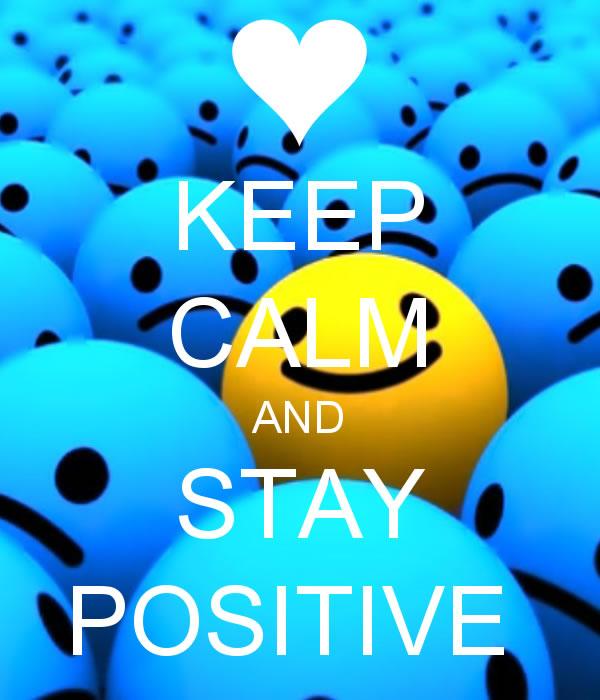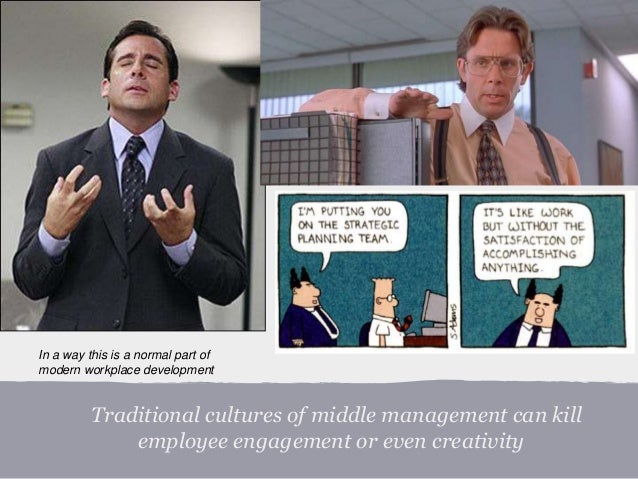Employees report their online information was being used against them: International survey
Tom emailed me recently to relay a workplace experience that recently took place with a friend of his, who'd broken up with a girlfriend also employed at the same organisation.
A week after the breakup, Tom's friend walked into work on Monday morning and was immediately crowded by a bunch of co-workers who'd been anonymously emailed a list of his social media accounts and passwords, plus one or two embarrassing photos that had been taken outside work hours. Apparently the ex, who was in HR and had access to the organisation's recruitment files, was taking revenge.
References: AVG Technologies 2013: International survey of 4,000
employees from 10 countries
Histogram: Australian workplace survey, 2016 Social Media White Paper
4 easy steps to protect your privacy
1. Location services
Be careful of providing a full history of where you've been, and done.
You are now more prone to a co-worker mentioning that you have checked into a bar or restaurant too many times that week or maybe you tag a picture of your and your partner out at a movie with a tagline "Yay! Babysitter for the night!" and now EVERYONE online knows that you're kids are at home without you, or the house is empty.
Tagging yourself away from your house makes you and your family more of a target for vandalism, robbery or worse.
2. Remove photo "tagging"
Take away the posting power of potentially disgruntled co-workers. Managing who can add you to a post is valuable armour against online attackers!
If a disgruntled co-worker or client is posting derogatory comments or images and tagging you online, you have the power to catch (or at least manage) manage of these posts before they hit your news feed.
3. Set up a Google alert for your name
It's generally a good idea to monitor the internet to check if someone might be saying about you. It’s just a matter of telling Google what to look for (in this case, your name), as well as what kinds of web pages to search, how often to search and what email address the search engine should use to forward the alert notifications. You can set up a Google alert here.
4. Online privacy
Be aware of whom you are sharing your pictures, images and posts.....workplace predators can cyber-stalk your posts to create ammunition against your and find out private information about your family and firends
Also, when social media platforms update, so do many of their privacy settings - check them every so often!
4a. Protect your social media privacy on Facebook
Facebook has different privacy settings for many aspects of a user's social profile. Privacy settings for photos, status updates, friends' lists, andl likes must all be adjusted individually.
According to the University of Texas, four general audience options are:
- Public. This means anyone on or off Facebook.
- Friends. Only your friends on Facebook can see this material.
- Custom. This allows you to share or exclude content from select people and lists.
- "Only me." No one but you can see these posts.
To keep your information as secure as possible from strangers, avoid any "public" settings.
Also, check your audience, manage your privacy settings, guard your personal information, manage your apps, and your timeline.
Note: nothing on the Internet is truly private.
4b. Protect your LinkedIn data
LinkedIn provides a "Privacy and Settings" option from the drop down menu, and choose to turn your activity broadcasts on or off. "On" alerts any connects to profile changes.
You may want to turn this option off if you're looking for a job and don't want your present employer to see that you're updating your profile.
Under the default settings, you can also control what people will see when they view your profile - casual viewers can be provided with only limited information.
You can also choose to share your connections with others, or not.
And you can also decide who can view your profile picture.
Note: nothing on the Internet is truly private.
4c. Protect your Instagram privacy settings
Instagram allows you to modify your privacy settings to ensure only approved followers can see your pictures. To keep your photos private, tap "Edit Your Profile" next to your profile picture and turn on the "Posts are Private" setting. Be sure to save your changes.
Prior to posting a photo, select the "Add to Your Photo Map." and switch to "Off" as it's not recommends you share this information.
To remove geolocation data from previously posted photos, select the profile button on your bottom navigation menu and select the Photo Map tab on your profile page, and click on "Edit." Tap the grid option at the bottom of the screen and select which photos you want to delete from the map.
Note: nothing on the Internet is truly private.
4d. Protect your Twitter data
With a private Twitter account:
- Only Twitter users approved by you can subscribe and see your tweets.
- Any tweets previously made public will be hidden, and can only be viewed or search by approved followers.
- Your tweets will also no longer appear in Google searches or be "retweetable."
- Any @replies you send will not be seen, unless you send them to your approved followers.
To make your Twitter account private, click the wheel icon in the top right of your Twitter homepage and select "Settings" from the drop-down menu, then select "Security and Privacy" from the side-bar menu.
Under "Privacy," click the box "Protect my tweets."
4e. Protect your social media privacy on Pinterest
Under "Settings" Pinterest allows users to switch privacy from "No" to "Yes" and hit save.
For extra privacy, change your name, or use secret boards that are visible only to you and invited users.
Also, under the "Profile"option in "Settings" the Center also recommends never listing your real location.
Note: nothing on the Internet is truly private.
Courtesy of the University of Texas
You can contact Dr Flis at DrFlisLawrence@gmail.com or LinkedIn or follow her blog, Twitter or Facebook.












